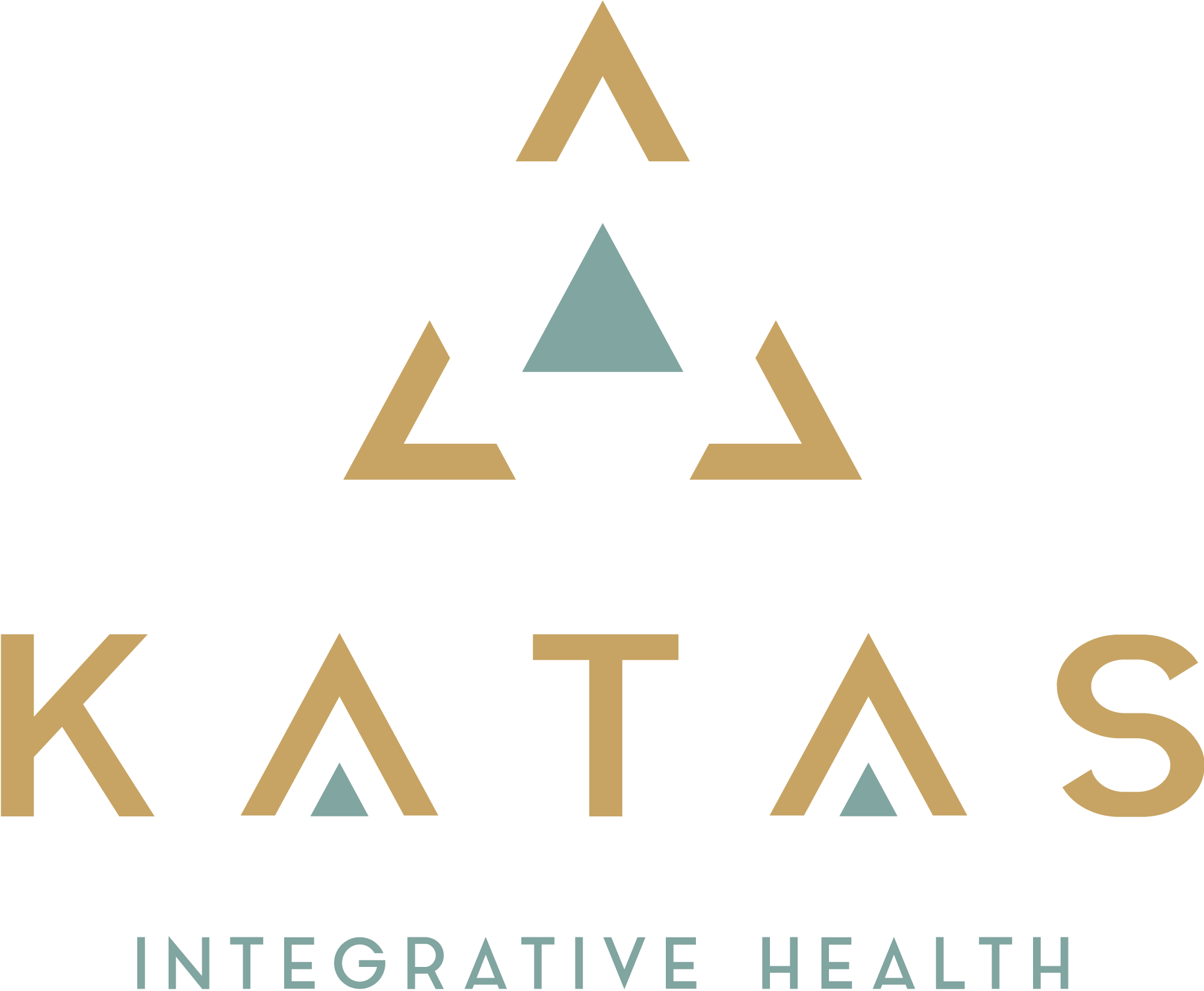Managing chronic inflammation is the goal.
There are two types of inflammation. Normal inflammation is good for your body and a part of the natural healing process. For example, if you jam your finger or stub your toe and it turns red at the joint, swells, and is tender for a few days, that is good! It is the healing process at work. Inflammation that repairs an injury such as a stubbed toe is good. Chronic inflammation contributes to a whole host of diseases, from cancer to Alzheimer’s. Systemic conditions in your body cause chronic inflammation (inflammation that does not go away). These conditions can include inflammatory bowel disease, psoriatic arthritis, diabetes, heart disease, pelvic inflammatory disease, and many others.

Photo by Polina-Tankilevitch
Foods to Avoid
Health Implications of high dietary of Omega 6
Harvard University studies indicate foods with proven inflammatory properties should be avoided. I am simply reinforcing what you already know about healthy eating as it applies to an anti-inflammatory diet as well.
Omega-6: Cut down on processed foods and fast food. Avoid a high-fat diet (trans fat, saturated fat); this means Fried Foods like French Fries and Fried Chicken. Omega-3 fatty acids are healthy while Omega-6 fatty acids are still essential; their ratio to Omega-3 should be lower. Corn, safflower, and other vegetable oils all have omega-6 fatty acids.
Lactose products: Dairy products are highly inflammatory. All animal proteins contain inflammatory proteins
Meat: Pork and beef are challenging to digest. People with sensitive stomachs can have trouble digesting pork and red meats and, although less often, poultry.
Sweets: Processed sugars are empty calories and just bad all around—they spike your blood sugar and void any valuable nutrients. Besides causing weight gain, sugar triggers the release of inflammatory messengers called cytokines. They can cause suppression of white blood cells, which makes you more susceptible to getting sick.
Saturated and trans fats: These fats can trigger fat tissue inflammation in the body, which is an indicator of heart disease and linked to arthritis pain. Trans fats also, trigger inflammation; are found in fast foods, fried products, and processed snack foods.
Artificial sweeteners: Aspartame, found in diet sodas, is a neurotoxin that causes inflammation in the brain, and Splenda can spike blood sugar and increase the release of insulin (not suitable for anyone at risk of diabetes).
Processed foods: Packaged foods have a long shelf life with preservatives, colorings, and artificial flavorings, all of which trigger inflammation in the body.

Photo by Jenna Hamra-1305063
Foods to Consume
What do you need to eat, and how much? We all know you need your fruits and vegetables, but now we know these foods matter in fighting chronic inflammation. Once you develop a routine of incorporating these vegetables into your diet, it will be much easier to increase your number of servings.
• Tomatoes
• Olive oil
• Green leafy vegetables, such as spinach, kale, and collards
• Nuts like almonds and walnuts
• Fatty fish like salmon, mackerel, tuna, and sardines
• Fruits such as strawberries, blueberries, cherries, and oranges
• Coffee, which contains polyphenols and other anti-inflammatory compounds
• Fruits and vegetables such as blueberries, apples, and leafy greens that are high in natural antioxidants and polyphenols have protective compounds, which are all great.
What is an Anti-Inflammatory Diet
Fruits fresh or frozen: 3 to 4 servings per day
Vegetables raw or cooked: 4 to 5 servings per day
Natural Anti-Inflammatory Diet
Anti-Inflammatory Diet and Pyramid
Fruits Raspberries, blueberries, strawberries, peaches, nectarines, oranges, grapefruit, red grapes, plums, pomegranates, blackberries, cherries, apples, and pears are excellent choices for fruit because they are antioxidant-rich foods and high in
anthocyanins.
Vegetables Dark leafy greens, broccoli, cabbage, Brussels sprouts, bok choy, cauliflower, carrots, beets, onions, peas, squash, and raw salad greens are among the better choices for vegetables. Beta-carotene-rich foods are excellent choices too:
sweet potato, carrots, kale, butternut squash, turnip greens, pumpkin, mustard greens, cantaloupe, sweet red pepper, and apricot, and spinach.
Foods rich in beta-cryptoxanthin include winter squash, persimmons, papaya, tangerine, red peppers.
Beans and legumes (1-2 servings per day) – Good choices include Anasazi, adzuki, black, chickpeas, black-eyed peas, and lentils.
Pasta (2-3 servings per week) – Organic pasta, rice noodles, bean thread noodles, whole wheat, and buckwheat noodles are good choices.
Whole and Cracked Grains (3-5 servings per day) – Brown rice, basmati rice, wild rice, buckwheat, barley, groats, quinoa, and steel-cut oats. Once a week, I suggest having a “Bean Day.” Honestly, the quantity means “Bean Day.” stretches into two days with beans as the main focus on day one and a side dish on
day two.
Healthy Fats (5-7 servings per day) – Nuts and walnuts are a great choice, avocados, seeds, omega-3 fats in cold-water fish, and whole soy foods. Use extra virgin olive oil for cooking.
Fish and Seafood (2-6 servings per week) – Salmon, herring, sardines, mackerel, and black cod.
Spices Turmeric, curry powder, ginger, garlic, chili peppers, basil, cinnamon, rosemary, and thyme.
Selenium-Rich Foods Brazil nuts, tuna, crab, oysters, tilapia, cod, shrimp, lean beef, turkey, wheat germ, whole grains.
Coffee and Tea (2-4 cups per day): White, green, and oolong teas are best. Also, drink abundant water throughout the day.
We have provided you with a lot of information to absorb and to begin eating an anti-inflammatory diet. If you have questions, please contact our office, and we can discuss them in more detail.




